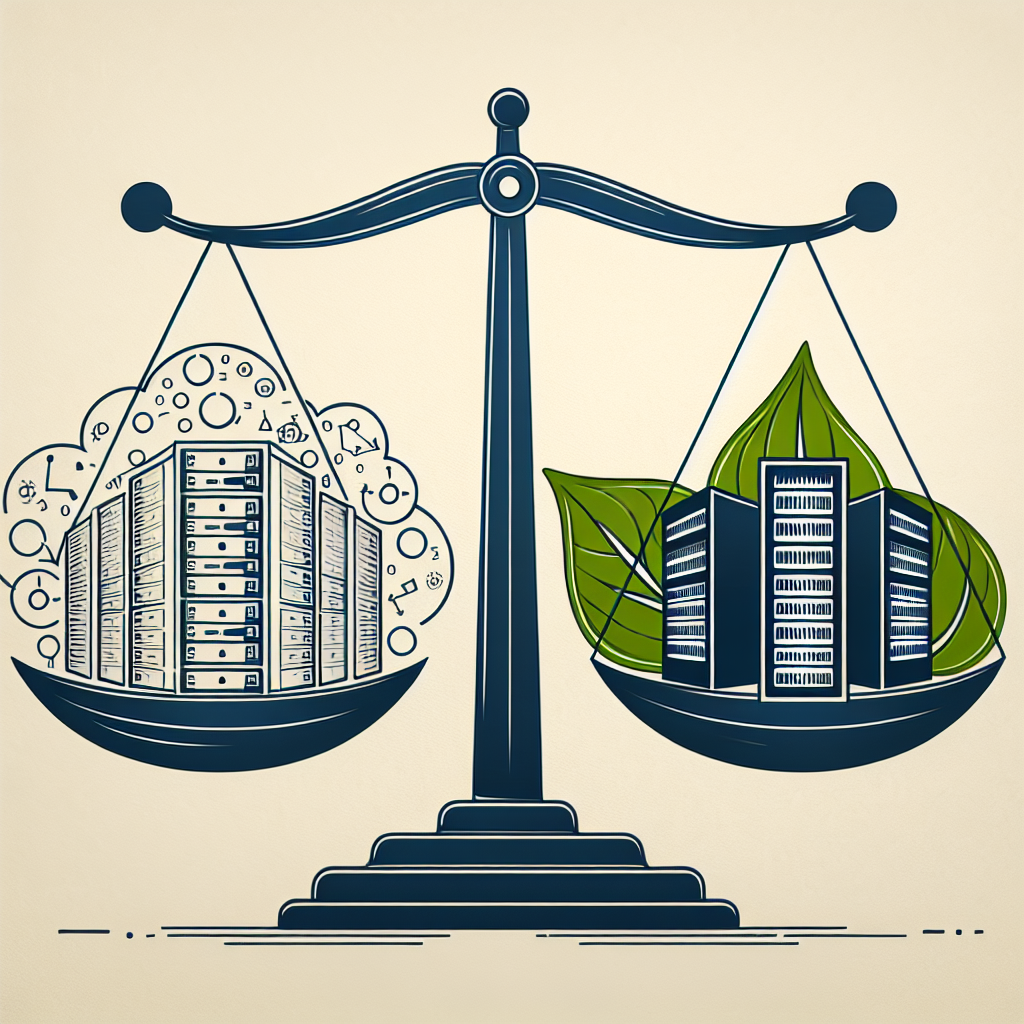Your cart is currently empty!
Measuring Success: Metrics for Evaluating the Sustainability of Data Centers

Data centers play a crucial role in today’s digital age, serving as the backbone of the internet and supporting countless online services and applications. As the demand for data storage and processing continues to grow, it is becoming increasingly important for data centers to operate in a sustainable and environmentally friendly manner.
Measuring the sustainability of data centers requires the use of specific metrics and key performance indicators (KPIs) to evaluate their environmental impact and efficiency. By tracking and analyzing these metrics, data center operators can identify areas for improvement and make informed decisions to reduce their carbon footprint and energy consumption.
One of the most commonly used metrics for measuring the sustainability of data centers is Power Usage Effectiveness (PUE). PUE is a ratio that measures the total amount of energy used by a data center, divided by the energy used by the IT equipment. A lower PUE value indicates a more energy-efficient data center, as it means that a larger proportion of the energy consumed is being used to power IT equipment rather than cooling systems and other non-IT infrastructure.
Another important metric is Water Usage Effectiveness (WUE), which measures the amount of water consumed by a data center relative to the amount of IT equipment it supports. Water is often used for cooling purposes in data centers, and reducing water usage is essential for sustainability. By tracking WUE, data center operators can identify opportunities to improve water efficiency and reduce their environmental impact.
In addition to energy and water usage, data centers also produce significant amounts of electronic waste (e-waste) as a result of equipment upgrades and replacements. Tracking metrics such as e-waste generation and recycling rates can help data center operators assess their waste management practices and implement strategies to minimize their impact on the environment.
Furthermore, data centers can also measure their carbon footprint by tracking their greenhouse gas emissions. By calculating the amount of carbon dioxide equivalent (CO2e) emissions produced by their operations, data center operators can set targets for reducing their emissions and transitioning to more sustainable energy sources.
Overall, measuring the sustainability of data centers requires a holistic approach that considers a range of environmental and efficiency metrics. By tracking and analyzing these metrics, data center operators can ensure that their facilities operate in a responsible and sustainable manner, while also reducing their operating costs and improving their overall performance. In an era of increasing environmental awareness and corporate social responsibility, sustainability metrics are becoming essential tools for evaluating the success of data centers and driving positive change in the industry.

Leave a Reply